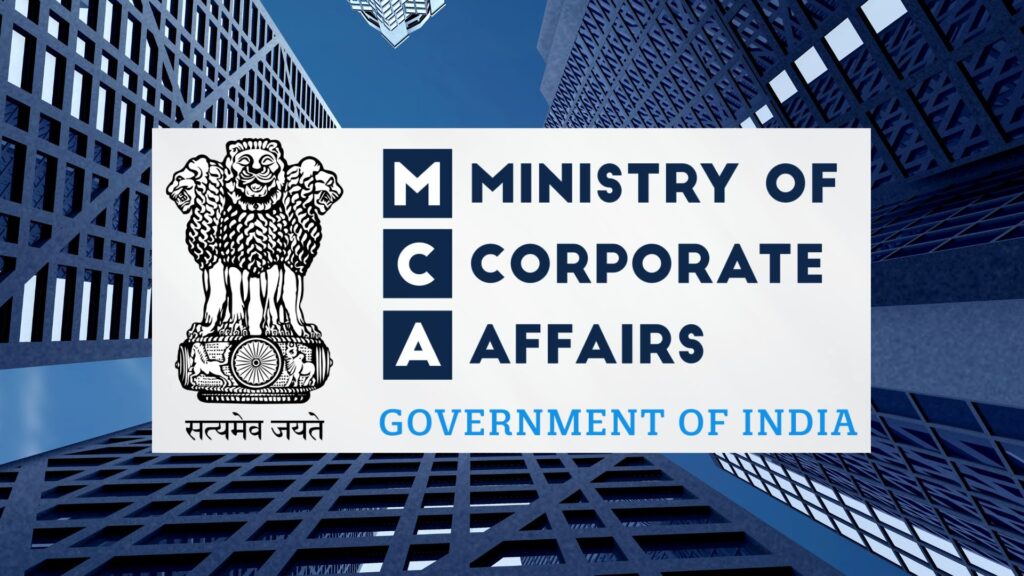The Legal Risks of Poor Financial Documentation and How to Avoid Them

In Brief: What We’ll Cover
- Weak documentation is a legal liability, not just a poor practice.
- Where the Real Legal Risks Hide?
- Where the majority of finance teams make mistakes (and how to fix them).
- The real-world examples that demonstrate the expense of inadequate documentation.
- What is the real structure of a legally sound documentation system?
How Financial Documentation Acts as a Legal Shield?
Financial documentation forms the foundation of legal and regulatory compliance. However,
many businesses still view it as a routine administrative task rather than a crucial one.
In reality, not only do poorly kept records lead to inefficiencies, but they also make it more difficult to defend the company in court, audits, and contract disputes. Presenting accurate and consistent financial data is essential for both internal stakeholders and tax authorities.
Failure to do so often results in penalties, reputational loss, or avoidable legal exposure.
Most compliance problems occur when audits or reviews fail to produce complete, verifiable, and transparent documentation.
That’s why maintaining proper records is essential to meet regulatory requirements and demonstrate accountability.
Where the Real Legal Risks Hide?
Legal and regulatory risks associated with poor financial documentation
often remain undetected until they escalate. These risks typically arise in the following areas:
- Regulatory Scrutiny: Authorities expect comprehensive records for GST, TDS, and other statutory filings.
Missing or delayed documentation can trigger fines, audits, and enforcement actions. - Contractual Disputes: Even when the facts are in a company’s favor, it loses leverage in a dispute if there is no written
evidence, such as payment records, approval notes, or signed contracts. - Funding or Due Diligence Roadblocks: Investors and acquirers view disorganized documentation as a governance red flag. Even promising ventures
lose critical opportunities due to inadequate financial reporting. - Labor Law Non-Compliance: Inadequate payroll documentation, unstructured employee records, or missing statutory registers expose businesses to labor
law violations often resulting in fines or legal proceedings.
Therefore, companies that neglect documentation leave themselves vulnerable across
every operational dimension.
Why Do Companies of All Sizes Repeat the Same Mistakes?
Across industries and company sizes, certain documentation failures occur consistently. These are
not minor errors; in fact, they are signs of structural weaknesses in financial management:
- Decentralized Recordkeeping:When financial records are scattered across individual drives, emails, or disconnected systems, it becomes
difficult to ensure accuracy, traceability, or timely access during audits - Unrecorded Approvals: Financial transactions that proceed without documented authorization compromise both
internal controls and legal defensibility. - Non-adherence to Internal Policies: Standard operating procedures often exist on paper but are not enforced in practice. This disconnect reduces the effectiveness of compliance frameworks.
- Multiple Versions of the Truth: Disparate versions of reports or ledgers
create confusion, slow decision-making, and raise concerns during financial reviews or due diligence.
- Decentralized Recordkeeping:When financial records are scattered across individual drives, emails, or disconnected systems, it becomes
These trends indicate more serious operational weaknesses that, if ignored, may result in
problems with regulations or reputation.
Real-World Cases Where Poor Financial Documentation Had Serious Consequences
Poor financial documentation has led to major regulatory actions and corporate
failures. A few illustrative cases include:
- IL & FS Crisis—India:One of the most notable collapses in Indian corporate history, Infrastructure Leasing & Financial Services (IL&FS) failed to maintain transparent, consolidated financial reporting across its subsidiaries. The lack of cohesive documentation and undisclosed liabilities contributed to a massive liquidity crisis,
triggering regulatory investigations and tightening of corporate governance norms across NBFCs. - Enron Scandal—USA:Despite being extensively covered, the Enron case continues to serve as a well-known illustration of how falsified financial records and unethical business practices can result in systemic fraud.
The company’s failure was caused by the lack of accurate, auditable financial records.
- IL & FS Crisis—India:One of the most notable collapses in Indian corporate history, Infrastructure Leasing & Financial Services (IL&FS) failed to maintain transparent, consolidated financial reporting across its subsidiaries. The lack of cohesive documentation and undisclosed liabilities contributed to a massive liquidity crisis,
These examples confirm a basic truth: inadequate documentation has negative effects on finances, legal status, and reputation.
Strong documentation practices are a key part of running a stable and compliant business.
What a Legally Secure Documentation System Actually Looks Like?
A legally sound documentation framework must go beyond basic storage.
It should demonstrate discipline, structure, and traceability. Key elements include:
- Centralized Repository:All financial documents should be stored in a single, organized platform, categorized by financial period, document type, and statutory relevance.
- Audit-Ready Approval Trails:Every transaction must be backed by documented approvals with verifiable timestamps. This is essential during audits or legal reviews.
- Routine Internal Checks:Conducting periodic reviews ensures that gaps are identified and corrected well before any external inspection.
- Controlled Access and Logs:Role-based access ensures that only authorized personnel handle sensitive financial data. Every access or modification should generate an audit trail.
Preventing Legal Issues Before They Start
Legal risks rarely emerge overnight. They emerge gradually as a result of irregular procedures,
insufficient supervision, and an over-reliance on irregular methods.
Companies that focus on documentation solely during audits or disputes are already at a disadvantage. Stable
documentation procedures that are integrated into day-to-day operations are necessary for proactive governance. Building strong documentation
practices requires leadership alignment, clear accountability, and consistent enforcement. Without these, even organizations that meet
technical compliance standards can remain vulnerable to risk.
Tools That Assist You in Building Stronger Financial Documentation and Compliance Systems
Poor documentation often stems from disconnected systems and manual processes. A range of tools is available to
help automate core business functions such as accounting, HR, payroll, and digital documentation.
Here are some examples of tools commonly used for these purposes:
| S.No. | Category | Tool Names | Purpose |
|---|---|---|---|
| 1 | Accounting & Tax Compliance | Zoho Books | Manages invoicing, expenses, tax filing, and audit-ready financial reports. |
| 2 | HR Management | Zoho People | Streamlines employee records, attendance, onboarding, and HR documentation. |
| 3 | Payroll Processing & Compliance | GreytHR | Handles payroll, statutory deductions (EPF, ESI, TDS), and payslip generation. |
| 4 | Digital Documentation & E-Signature | Leegality | Enables digital signing, document stamping, and maintains audit trails. |
| 5 | Integrated HR, Payroll & Compliance | Keka | Combines HRMS, payroll processing, and compliance features in one platform. |
Final Thoughts:
Financial documentation is frequently assigned to back-end teams or handled as a task that requires paperwork. But when issues arise, be it a tax notice,
funding due diligence, or a legal dispute, those same documents become critical.
Businesses that prioritize documentation are better prepared, better protected, and more respected by partners, investors, and regulators.
Working toward the same goal, Plutus helps companies to improve their financial documentation systems. We assist companies in creating structured documentation and audit trails to prevent legal risks and preserve full compliance. Plutus also enhances these processes through advanced technologies, leveraging AI and automation internally to drive greater accuracy, efficiency, and results for our clients.

